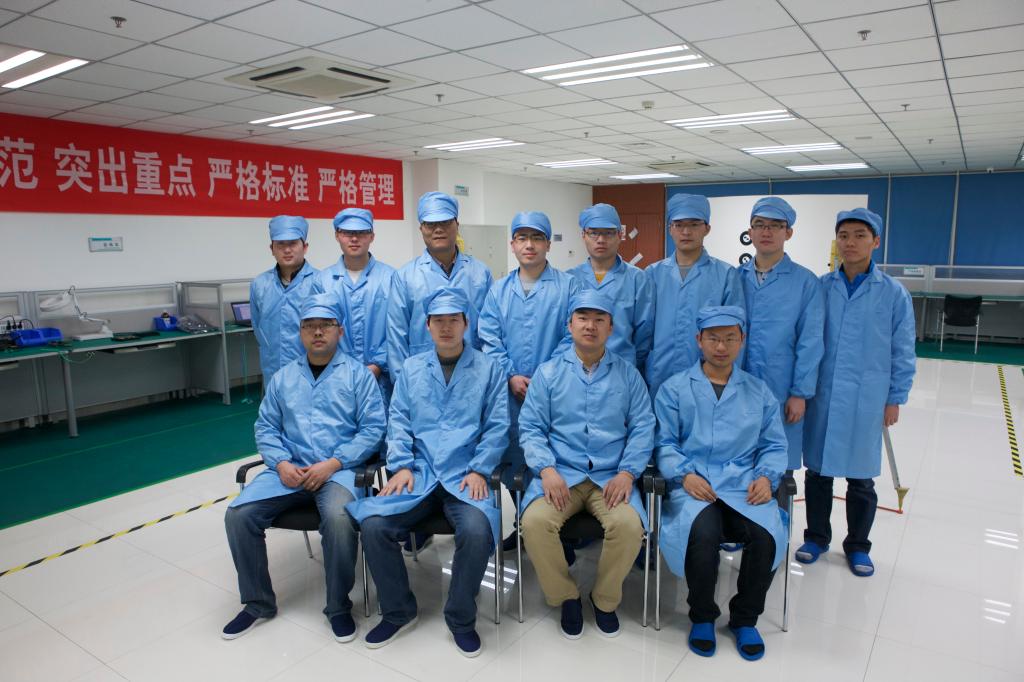"Jiaoda Strength" behind Chang'e 5

China launched a Long March 5 heavy-lift carrier rocket inthe early morning of November 24, 2020 at the Wenchang Space Launch Center in South China's Hainan Province, tasking it with landing on China's independently developed Chang'e 5 lunar probeand bringing lunar samples back to earth. The launch marks China's success in the "circling, landing, and returning" three-step development strategy of the lunar exploration and space program.
After sixteen years, the Chang'e lunar exploration and space programhas finally won the "final battle" since officially launching in 2004. Its success is thanks to hundreds of scientists' hard work and the support of research institutions, including XJTU's science researchers.The surface sampling visual information processing system of Chang'e 5, which directly affects the result of the autonomous sampling task, was completed by the spacevision team of the National Engineering Laboratory for Visual Information Processing and Applicationled by CAE memberZheng Nanning. Professor Wang Fei is the project leader.
The XJTU team is responsible for guidingthe probe's mechanicalarm autonomously and accurately collectinglunar samples relying onthe visual information processing system. Images taken in the sampling process will be compressed and transmitted back to the control center for research and analysis.
The space vision team is composed of young professors, visual information processingexperts,and engineers with rich experience in aerospace product development. Established in 2007, the team was has beenundertaking important tasks in China'sprojects related tomanned spaceflight, lunar exploration, space robots, and other fields.

